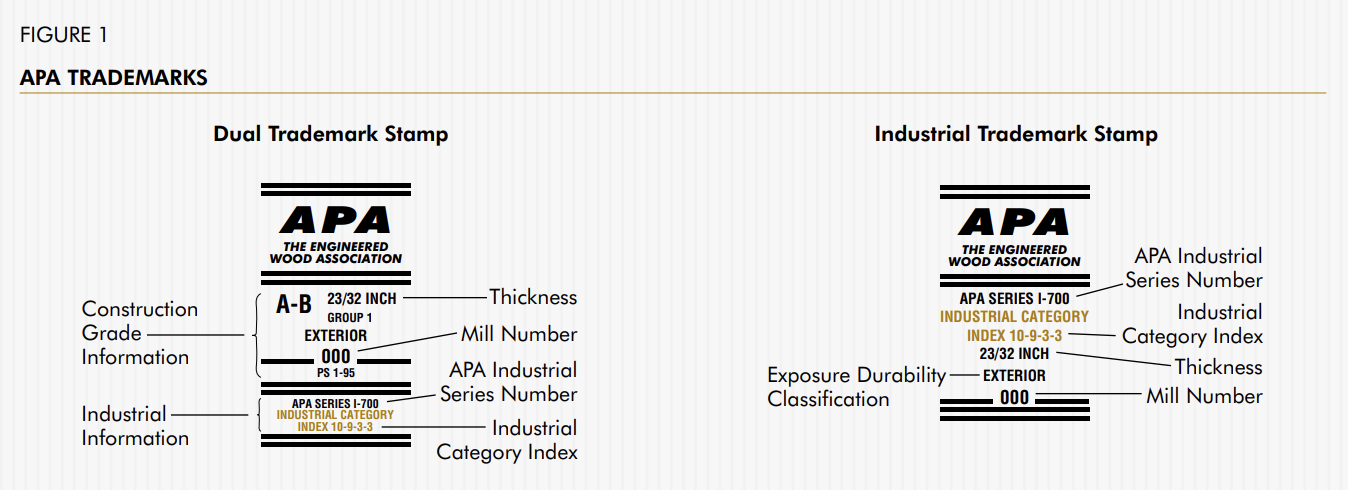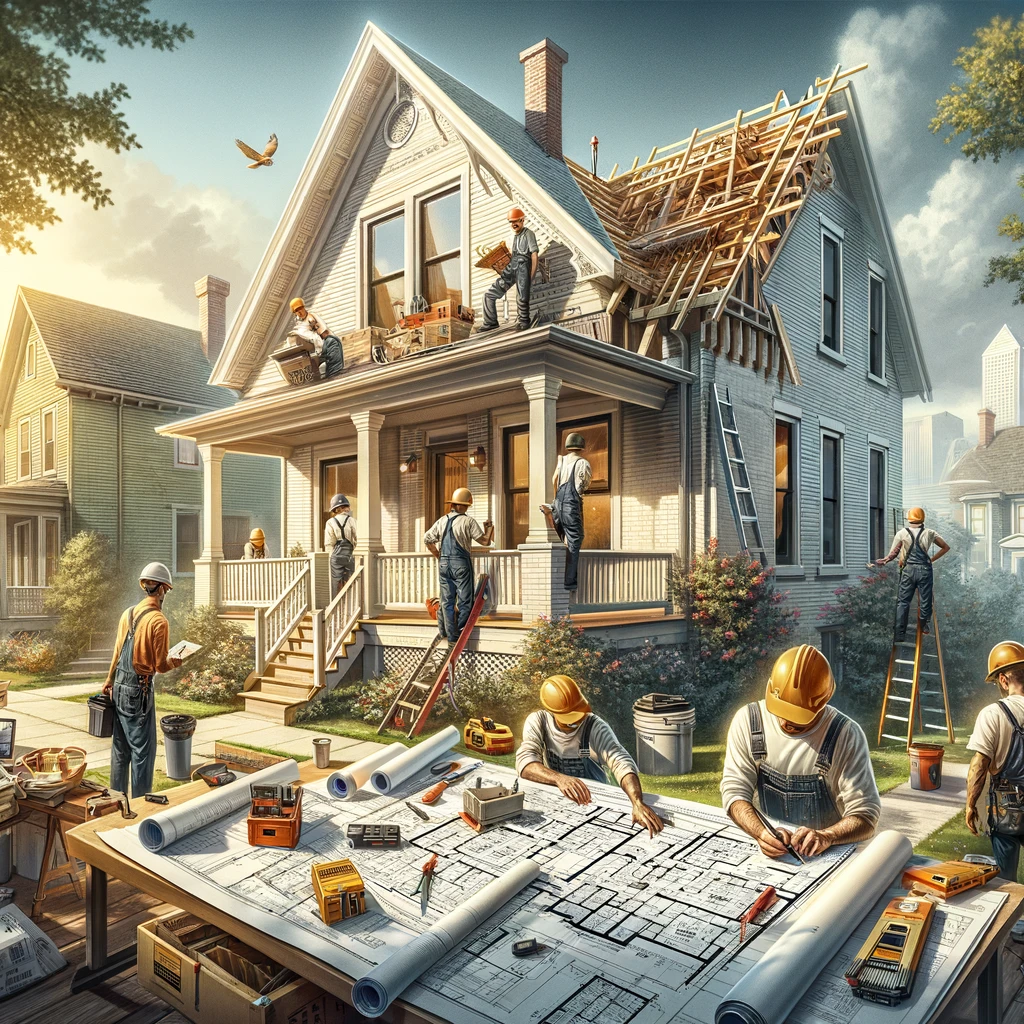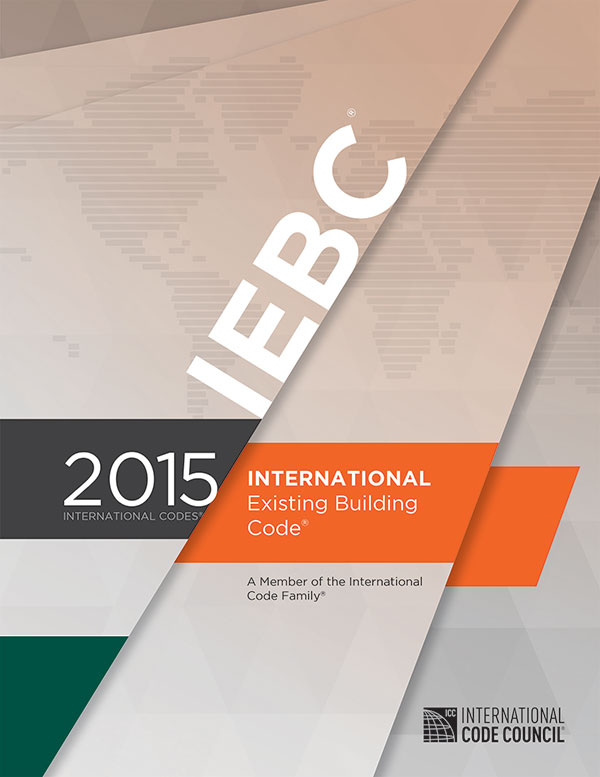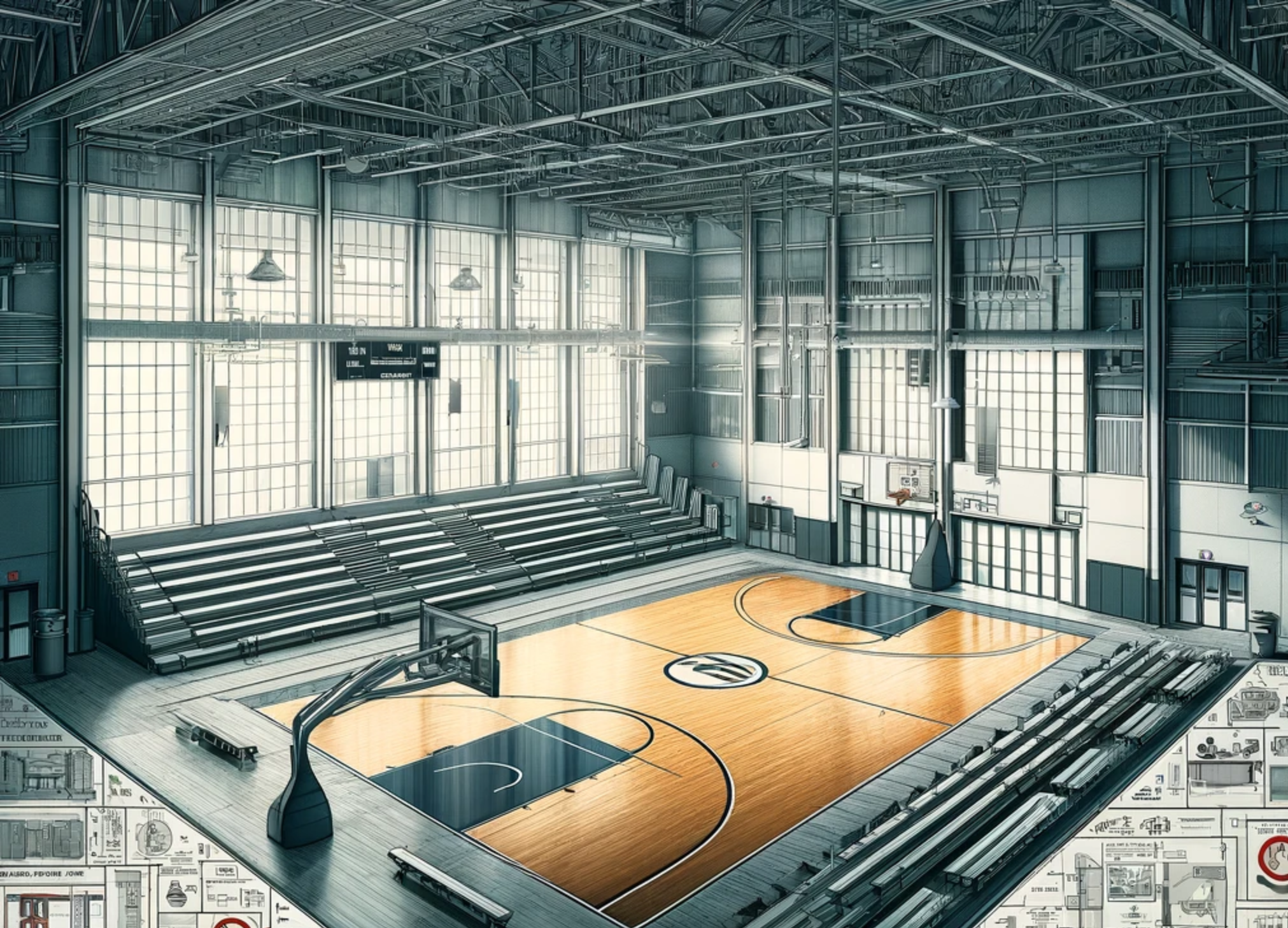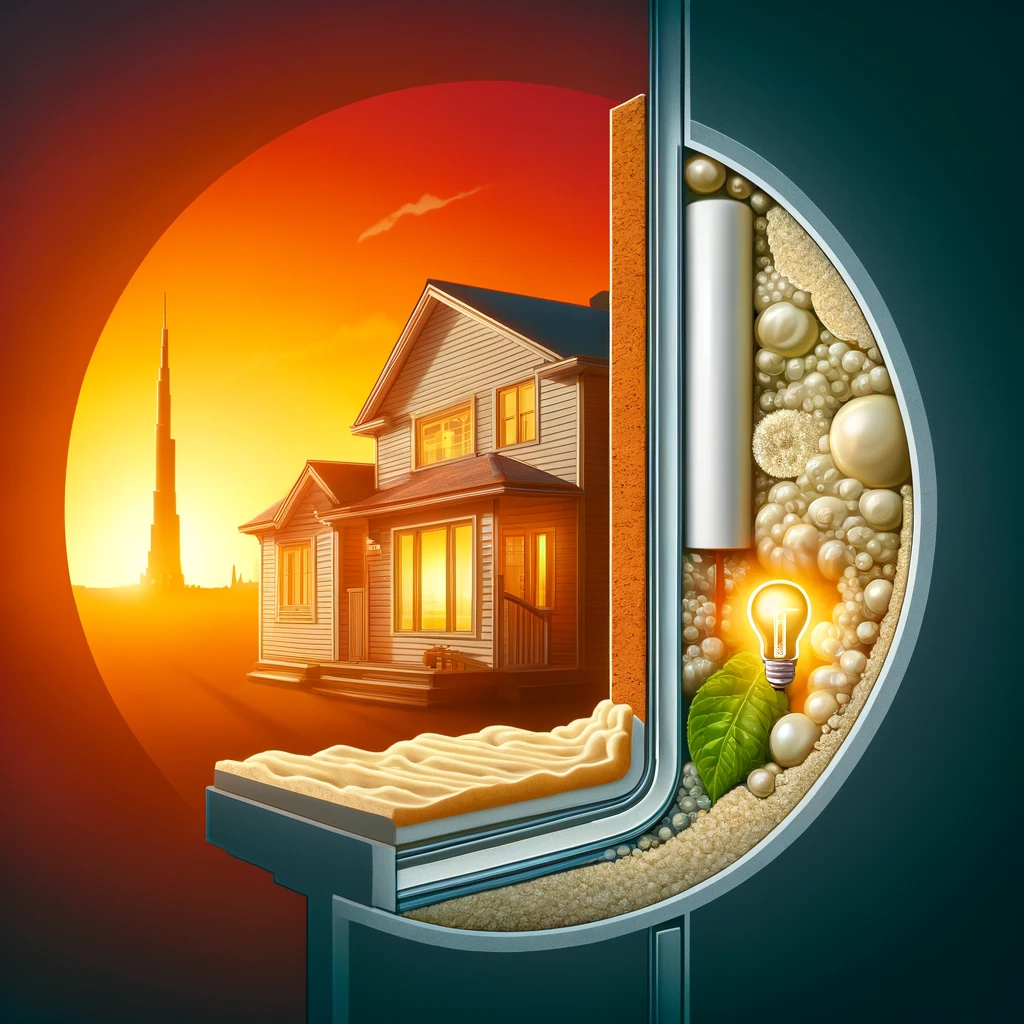Understanding APA Panel Selection for Industrial Applications
When selecting the right panels for industrial projects, understanding the key features and specifications is crucial. APA’s Industrial Panel Selection Guide offers valuable insights into the best practices for choosing the right panels for various industrial applications.
Case Study: Grocery Store Warehouse Construction
A practical example of APA panel selection can be seen in a grocery store chain’s new warehouse project. The warehouse’s automated storage and retrieval system demanded specific panel characteristics:
- Requirement for Smooth Surfaces: The slave pallets, integral to the system, required a fairly smooth surface. APA panels were chosen for their ability to provide a solid surface with face voids up to 3/4 inch being acceptable
- Reversible Pallets: The design of the pallets needed to be reversible, a feature readily available with APA panels.
- No Need for Overlays: The specified panels did not require additional overlays, simplifying the selection and installation process.
- Reversible Pallets: The design of the pallets needed to be reversible, a feature readily available with APA panels.
- No Need for Overlays: The specified panels did not require additional overlays, simplifying the selection and installation process.
Selection Criteria: Structural I C-C Plugged and Touch Sanded Panels
For the grocery store’s warehouse, the APA Panel Translator Chart indicated that the best fit would be Structural I C-C Plugged and Touch Sanded panels, available in both plywood and composite forms. These panels have an Industrial Category Index (ICI) of 7-7-3-3 or 7-7-4-4, depending on manufacturing specifics
APA Panel Characteristics
APA panels possess distinct characteristics that are categorized into four main areas: panel face, back, first crossband, and inner layers. Here’s a summary of these characteristics:
- Panel Face and Back: The surface characteristics of APA panels, both for the face and the back, are crucial for various applications. APA panels can be manufactured with a wide variety of surface characteristics, ranging from unimproved D-grade veneer to screen textured OSB and numerous overlays. These surface characteristics are categorized by the first and second numbers in the Industrial Category Index (ICI)
- First Crossband: This refers to the layer of veneer immediately beneath the face in plywood panels. While OSB and composite panels do not have crossbands, for simplicity, the material beneath the face of these panels is also referred to as the crossband. The third number in the ICI describes first crossband characteristics. The first crossband can be important to overall panel performance, even though it is not visible.
- Inner Layers: Any part of a panel that is not identified as a face, back, or crossband is considered an inner layer. Inner layers are important when panels are nailed, screwed, stapled, riveted, glued, or banded on the edges. The ability to hold fasteners through the face and back is also affected by the characteristics of the inner layers. APA panels can be manufactured with several different types of inner layers.
- Overlays: Overlays are applied to APA panels for various reasons, including chemical and abrasion resistance, load distribution, ease of cleaning, enhancing paint and stain applications, and improving appearance. Common overlays include medium density overlay (MDO), high density overlay (HDO), tempered hardboard, metal, fiberglass, polyethylene, and other plastics. The choice of overlay depends on the specific application and the desired characteristics of the panel.
- Chemical and Abrasion Resistance: High Density Overlay (HDO), tempered hardboard, polyethylene, and other plastics.
- Distribution of Loads: Tempered hardboard, metal, polyethylene, and other plastics.
- Distribution of Wheel Loads: Tempered hardboard, polyethylene, and other plastics.
- Ease of Cleaning: HDO, metal, fiberglass, polyethylene, and other plastics.
- Enhanced Application and Performance of Paints and Stains: Medium Density Overlay (MDO).
- FDA Approved Substrate: MDO (when properly painted).
- Fine Appearance: HDO, MDO (2-step process), and fiberglass.
- Low Porosity: HDO, fiberglass, metal, polyethylene, and other plastics.
- Low Surface Friction: HDO, fiberglass, metal, polyethylene, and other plastics.
- Moisture Resistance: HDO, fiberglass, metal, polyethylene, and other plastics.
- Puncture Resistance: Tempered hardboard, metal, fiberglass, polyethylene, and other plastics.
- Structural Enhancement: Metal and fiberglass.
- Weather Resistance: HDO, MDO, tempered hardboard, metal, fiberglass, polyethylene, and other plastics
Veneer Grades for Panels
The general description of veneer grades for industrial panels in the APA Industrial Panel Selection Guide is as follows:
- A Grade: Smooth, paintable surface. Allows up to 18 neatly-made repairs (boat, sled, or router type), which must be parallel to the grain and may be wood or synthetic
- B Grade: Allows solid surface, shims, plugs, sled or router repairs, and occasional tight knots up to 1 inch across the grain. Wood or synthetic repairs are permitted, with some minor splits allowed
- C Plugged: Improved C veneer with splits limited to 1/8 inch width and knotholes or other open defects limited to 1/4 x 1/2 inch. Allows occasional tight knots up to 1-1/2 inch. Wood or synthetic repairs are permitted
- Knotty-Plugged: Features multiple tight knots up to 1 inch, with knotholes or other open defects limited to 1/2 inch across grain. Wood or synthetic repairs are allowed, along with discoloration and limited sanding defects. Stitching is permitted
- Tight C: Allows tight knots up to 1 inch and knotholes to 3/4 inch across grain. Wood or synthetic repairs are permitted, along with limited splits and discoloration
- High C: Permits tight knots up to 1-1/2 inch and knotholes to 1 inch. Commonly used as a first crossband to prevent punch-through failures. Limited splits allowed
- C: Includes tight knots up to 1-1/2 inch, knotholes to 1-1/2 inch, and allows wood or synthetic repairs. Limited splits and stitching are permitted
- High D: Allows tight knots up to 2 inches, knotholes to 2 inches, limited in number, and wood or synthetic repairs. Limited splits and stitching are permitted
- D: In outer layers, allows knots and knotholes up to 3 inches wide across the grain. In inner layers, tight knots are permitted, and knotholes to 3-1/2 inches in some grades. Limited splits are allowed, with stitching permitted. Not suitable for panels used in permanent wet or exterior applications
Descriptions for Face Characteristics
- Overlaid Surface: Panels with a factory-applied overlay material for enhanced protection or appearance.
- Best Surface: The highest quality surface finishes, including:
- HDO (High-Density Overlay)
- Better Surface: High-quality surface finishes, including:
- MDO 2-Step (Medium Density Overlay, Two-Step Process)
- MDO 1-Step (Medium Density Overlay, One-Step Process)
- Standard Surface: Standard quality surface finishes, including:
- Tempered Hardboard MDF
- A-Sanded: High-grade sanded surface
- B-Sanded: Second-highest grade sanded surface
- C-Plugged Full Sanded: C-grade with full sanding
- C-Plugged Touch Sanded: C-grade with touch sanding
- C-Plugged Unsanded: C-grade without sanding
- Knotty-Plugged Touch Sanded: Surface with knots, touch sanded
- Tight-C Unsanded: Tight knots, no sanding
- C-Face Unsanded: Standard C-grade face, no sanding
- High-D Unsanded: Higher quality D-grade, no sanding
- D-Face Unsanded: Standard D-grade, no sanding
- Other Requirements:
- Sanded Prior to Overlay: Surface sanded before overlay application
- Overlay Over Unsanded Veneer: Overlay applied on unsanded veneer
- 100% Sanded (Typically 80 Grit or Better): Fully sanded surface for a uniform finish
First Crossband Characteristics for APA Panels
Best Crossbands
- Defect Limitations: Strict limitations, with splits no more than 1/8 inch wide and 48 inches long. Voids are limited to a maximum diameter of 1/16 inch.
- Applications: Ideal for high-pressure laminates, edge banding, nailing, screwing, stapling, riveting, and gluing along panel edges. Also suitable for cut-up or cut-to-size operations and puncture resistance in concentrated loads. Excellent for the following applications:
- Application of High-Pressure Laminates: Ideal for surfaces where high-pressure laminates will be applied, providing a smooth, defect-free base that enhances the laminate’s appearance and adhesion.
- Edge Banding: Suitable for edge banding processes due to their smooth and consistent edges, allowing for a clean, finished look.
- Nailing, Screwing, Stapling, Riveting, and Gluing Along Panel Edges: The integrity and uniformity of these panels make them excellent for fastening along the edges, ensuring strong and reliable joins.
- Cut-Up or Cut-to-Size Operations: Their consistent quality and lack of significant defects make them suitable for precision cutting operations, maintaining structural integrity even when modified.
- Puncture Resistance (Concentrated Loads): The panels’ robust construction provides high resistance to puncture, especially important in applications involving concentrated loads.
Better Crossbands
- Defect Tolerance: Allows splits up to 1 inch wide and 8 feet long. Voids can be up to 2 inches in diameter.
- Applications: Good for cut-up or cut-to-size operations and puncture resistance. However, they may be less suitable for applications requiring banding, nailing, screwing, riveting, and gluing along the edges or for high-pressure laminate applications compared to panels with best crossbands.
- Note: OSB and composite panels typically meet the specifications for better crossbands.
Standard Crossbands
- Defect Tolerance: Permits voids as large as 3 inches in diameter and splits up to 1 inch wide and 8 feet long.
- Applications: Suitable for scenarios where panel edge exposure and surface requirements are less critical. These include:
- Air Ducts: Suitable for constructing air duct systems where surface smoothness is not the primary concern.
- Utility Cabinets: Ideal for building utility cabinets where structural integrity is important but the finest surface finish is not necessary.
- Crates and Bins: Appropriate for crafting crates and bins used in storage and transportation.
- Upholstered Furniture Framing: Provides a reliable structure for the framing of upholstered furniture.
- Shelves and Racks: Suitable for constructing shelves and racks in various settings.
- Slave Pallets: Ideal for use in slave pallets where robustness is needed more than surface perfection.
- Solid Deck Stringer-Type Pallets: Appropriate for creating solid, dependable pallets for transportation and storage.
- Structural Framing for Boats (Encapsulated in Fiberglass): Suitable for the structural framing of boats, especially when encapsulated in fiberglass.
- Storage Tanks: Useful in the construction of storage tanks where the internal integrity is more important than external aesthetics.
- Temporary Structures: Ideal for temporary structures where the longevity of the finish is less critical.
Glossary of Key Terms in APA Panel Selection
Back: The lower-grade side of a veneer-faced panel, distinguished by the grade of its outer ply (e.g., the back of an A-C panel has a C-grade outer ply)
Cross-lamination: The practice of orienting the grain of alternating layers of veneer or wood strands at 90 degrees, enhancing panel strength and reducing shrinking and swelling
Edge Banding: Material (wood, metal, plastic, etc.) affixed to a panel edge for protection or aesthetic improvement
Exposure 1: Panels with a fully waterproof bond designed for applications where long construction delays or high moisture conditions are expected. Made with the same adhesives as Exterior panels
Exterior: Panels with a fully waterproof bond designed for permanent exposure to water or moisture
Face: The highest-grade side of a veneer-faced panel. In panels with different veneer grades for each side, the face is the side with the higher grade
High-Density Overlay (HDO): Exterior plywood finished with a resin-impregnated fiber overlay for a smooth, hard surface. It offers high chemical and abrasion resistance, commonly used for concrete forms, cabinets, signs, and more
High-Pressure Laminates: Decorative laminated plastic sheets made from various core materials and thermosetting resins. Available in a wide range of colors and finishes, from high gloss to textured or embossed
Industry Standard Items: Panel features defined by industry standards such as PS 1-95, PRP 108, or PS 2-92, mainly for construction applications
Jointed Crossband: Crossband veneer with machined edges and limited gap sizes between pieces
Knotholes: Voids in veneer created when a knot falls out, measured across the grain
Knots: Natural wood growth characteristics caused by embedded branch bases in a tree trunk
Marine Grade: Panels with similar glueline requirements to Exterior panels but with stricter species and veneer quality controls, ideal for marine applications requiring bending
Medium Density Fiberboard (MDF): A compressed fiberboard used for various purposes, including construction and furniture
Medium Density Overlay (MDO): Exterior plywood with an opaque, resin-treated fiber overlay, providing a smooth surface ideal for painting and various outdoor applications
Oriented Strand Board (OSB): Structural wood panels made from reconstituted, mechanically oriented wood strands bonded under heat and pressure. OSB can be a center layer in composite panels or cross-laminated in layered panels, often featuring a screened or textured non-skid surface or sanded finish.
Overlay: This is any factory-applied material bonded to one or both sides of a panel. It can include resin-treated fiber, fiberglass, plastic, metal, hardboard, and more. High Density Overlay (HDO) and Medium Density Overlay (MDO) are typically applied by panel manufacturers, while other overlays are usually applied by secondary manufacturers
Panel Grade: Refers to the letter-graded quality of face and back veneers in plywood manufacturing or to panels manufactured for specific construction applications like Underlayment. It can also refer to APA Performance Rated Panels, which include APA Rated Sheathing, APA Rated Siding, or APA Rated Sturd-I-Floor
Plug: Refers to a type of repair. See “Repairs” for more details
Pressed Face/Back: A surface texture for OSB panels characterized by a relatively smooth, low-friction surface
Repairs: Refers to any patch, plug, or shim in veneer, made of wood or a synthetic mix of fiber and resin, used to fill openings and provide a smooth, level surface
- Boat Patch
- Router Patch
- Circular Plug
- Sled Patch
- Dogbone Plug
- Shim
Sanded Panels: Factory-sanded plywood panels used for smoothness and appearance, ideal for furniture, cabinets, doors, etc
Sander Skips: Areas missed during sanding on sanded and touch-sanded surfaces. The allowance of skips varies with the grade of the face
Screen Textured: A surface texture for OSB panels, providing traction and slip resistance
Sheathing (APA Rated Sheathing®): Panels designed for application to studs, rafters, or joists in residential or light frame construction
Special Wearing Surface: Overlay applied to increase resistance to surface abrasion, including HDO, MDO, or other overlays
Standard Density: The typical density of OSB when manufactured to meet industry standards
Structural I: Panel grade for applications requiring maximum shear properties and cross-panel strength. Can be manufactured as plywood or OSB
Sturd-I-Floor®: An APA Performance Rated Panel grade for subfloor applications in residential and light commercial construction, typically with tongue and groove edges
Tight Knots: Knots formed when branches are living at the time they are surrounded by the trunk. The tissue of tight knots is continuous with the main stem’s tissue
Tongue & Groove (T&G) Edges: A jointing system where the rib or tongue of one member fits exactly into the groove of another, efficiently transferring loads across joints
Touch-Sanding: A manufacturing operation where panels are sized to uniform thickness by light surface sanding
Underlayment: Panels designed for installation directly beneath nonstructural finish flooring. Plywood underlayment provides a smooth surface and resistance to puncture and indentation
Veneer Grades: Categories of veneer quality based on natural growth characteristics and repairs. Specific grades include A, B, C, and D, each with distinct characteristics
Voids: Openings in veneer or gaps between veneer pieces
Vinyl Film Overlay: Polyvinyl chloride (PVC) overlays used for decorative surfacing, available in clear or solid color, and divided into various categories
Conclusion
Choosing the right APA panels for industrial applications like warehouse construction requires understanding specific requirements such as surface smoothness, reversibility, and exposure conditions. The APA Industrial Panel Selection Guide provides a comprehensive understanding, helping in making informed decisions for efficient and effective construction.
For immediate service or consultation, you may contact us at Allied Emergency Services, INC.
Contact Information:
- Phone: 1-800-792-0212
- Email: Info@AlliedEmergencyServices.com
- Location: Serving Illinois, Wisconsin, and Indiana with a focus on the greater Chicago area.
If you require immediate assistance or have specific questions, our human support is readily available to help you.
Disclaimer: This article is intended for informational purposes only. For professional advice, consult experts in the field
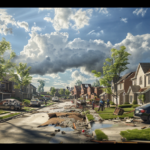


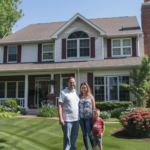

![How Much Does a New Roof Cost in Illinois? [2024 Pricing Guide]](https://www.news.alliedemergencyservices.com/wp-content/uploads/2024/05/DALL·E-2024-05-07-15.14.25-A-professional-roofing-contractor-inspecting-a-roof-in-the-foreground-of-a-picturesque-suburban-neighborhood-in-Illinois.-The-contractor-is-wearing-a--150x150.webp)
